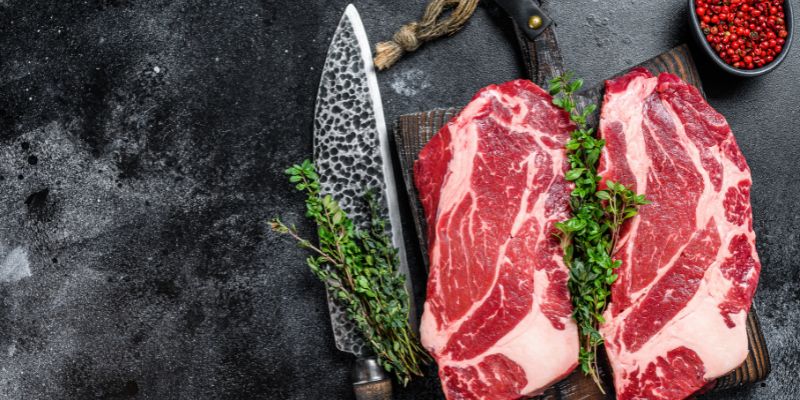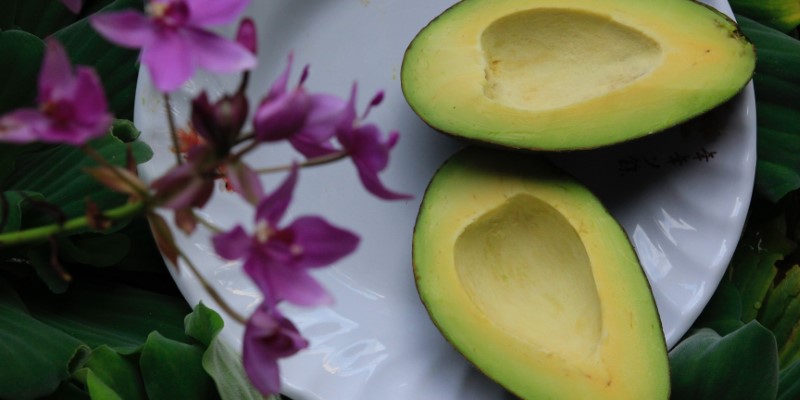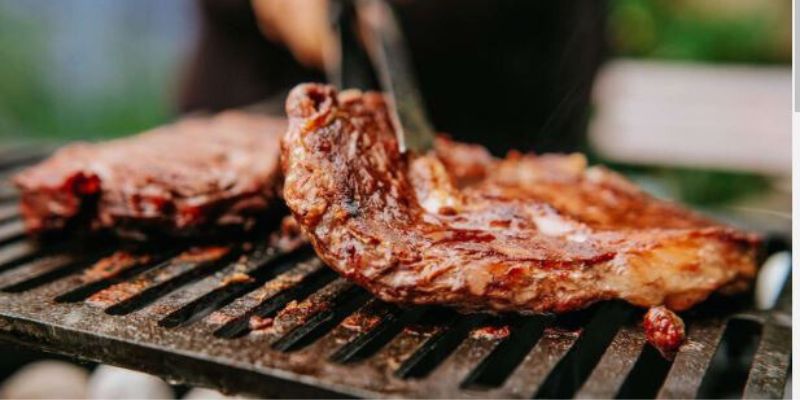The Science and Art of Making Delicious Chicken Confit Food
Sep 28, 2023 By Susan Kelly
From the dawn of time until the invention of refrigerators, people knew how to preserve food naturally. The process was known as confit. Now, it didn't taste as good as regular cooking because its purpose was to store it for a more extended period without the food going bad, plus avoid bacterial contamination.
So, if you are interested in cooking food the confit way for preservation or going on a journey, you must read this article. We will also share excellent chicken confit ideas in the end and that you should try out.
What is the Science Behind Confit?
The word is taken from the French language, which means to preserve, which has been done in France for centuries and in other cultures but in a slightly different way. It is nothing but cooking your food or dish for several hours in fats at low heat.
It also requires you to apply salt all around and cure, after which the cooking process begins. In some cultures today, fruit and vegetable such as garlic confit is still practiced, using highly condensed sugar syrup on whole fruits or slices. However, these require containment in air-tight jars all year round to avoid it going bad.
What’s the Major Difference from Other Cooking Methods?
You can imagine if you are deep frying your food. But instead of oil, you are using pure fats. Secondly, instead of higher temperatures for deep frying, you cook at much lower temperatures and much longer time. Slow cooking or baking will slowly but easily extract the moisture from the food items while replacing it with the fat that it is cooked in.
Once the fat takes hold of spaces in place of moisture, it makes it difficult for bacteria to take hold. The end product is a tender, succulent, and flavorful dish.
How to Make Confit from Meats?

Let’s see the basic steps to make something like a chicken confit from fish and poultry, among other meat types.
- First, you need salts for curing and regular salts. The curing salt can help lower bacterial growth as it is rich in sodium nitrate.
- Add other ingredients like minced garlic as per taste, grounded black pepper, and a bay leaf, which you should crush before adding.
- Cure the meat of your choice with this mix as seasoning and place it in a container, which should now be placed in the refrigerator for up to 72 hours.
- Once you are ready, dry the meat as much as you can. You can shed some extra salt to avoid a sour taste, as it was used for seasoning and isn't needed.
- Now place it in any container or over where you can slow cook it for 2-5 hours at no more than 300°F.
- Just remember, the bigger the shape and size of the meat, the more time it needs, which you can check how tender it is.
- Simply pierce it with a chicken and see how red the meat is. Stop when you see it is cooked or tender enough.
- The cooking should be done with the fats from the same meat, or you can buy whichever you like from the shop.
- When it is done, take it out, especially when it is golden and crispy to your preference.
This chicken confit end product can easily last 2-3 months and, if refrigerated, 5-6 months.
Best Confit Dishes and Recommendations
Here are some mouth-watering chicken confit or other unique dishes you can take along for any journey or store when you crave them. Don't forget we have a surprise in the shape of a tomato confit near the end.
Duck or Poultry Confit

The best part about this dish option is that you can choose any recipe you can find online and swap the oil ingredient with the fats you choose. Though you can let it simmer in its fat, you might risk the poultry from burning.
While most recommend duck fat, we recommend a mix of your favorite to add a new taste to your confit. It will take you no more than 4 hours to cook properly, while the steps mentioned in the previous section will mostly remain the same.
Duck or chicken confit is an age-old French tradition where a large amount of fat is used for cooking, so choose which recipe is best for your taste.
Pork Confit the Duck Way!
Who says any other meat can’t be made into a confit? It’s only the meat that is changed. Even the fat can be duck fat, though it tastes the best when making a pork confit. Those not religiously inclined to do this can experiment and see how excellent the results are. You can also try the Toume recipe from NY, where the pork is cooked for 15 hours straight, and that too in duck fat.
Fish Confit
The meat is tender and soft, which can be made crispy on the outside while tender on the inside when you cook fish in fats. The general rule is that the fresher the fish and the better the cut, the tastier you will find the resultant confit.
Tomato Confit
Who can say no to juicy tomatoes submerged and teeming with fats? You shouldn't be surprised by tomato confit or even a garlic confit. You can always let your imagination run wild if you know what you are doing and the result is tasty. Throughout history, preservation might be the primary goal, but such a dish would not have survived if it weren't tasty.
Fruit Confit
While most dishes mentioned here, though, are tasty, they are all salty. Preserving a sweet treat at your home that is cheaper, tastier, and healthier than most processed sweets is the best. But you must remember that you use the confit process for fruits with sugar syrup, not fats. However, you can try at your peril and see how that turns out.
Remember, every time you have tried out a fruit preservative, it has been made through the fruit confit process—even the jams and marmalades.
Wrapping It Up!
In conclusion, crafting delicious chicken confit involves slow-cooking meats in fats at low temperatures. This ancient preservation method, rooted in French cuisine, showcases its versatility through options like duck, fish, and even fruit confits. The fusion of science and taste creates a culinary tradition that offers both historical significance and irresistible flavors.
-
 Sep 06, 2023
Sep 06, 2023What Is Chuck Eye Steak? Ribeye On A Budget
Chuck eye steak is an affordable, flavorful alternative to premium ribeye that delivers a satisfying, rich taste without breaking the bank.
-
 Sep 19, 2023
Sep 19, 2023Avocado - The Origin Story and The Modern Cuisine
Discover the fascinating origin story of avocados and their role in modern cuisine. Explore the rich history and culinary uses of fresh avocados in our article.
-
 Sep 05, 2023
Sep 05, 2023Must See the Factors That Affect Meat Cooking Time
Discover the key factors that affects meat cooking time. From cut to thickness, understand how to achieve perfect doneness every time
-
 Sep 05, 2023
Sep 05, 2023Let's Find The Late-Night Cafés in Sydney That are Perfect for a Midnight Snack
City Extra, Zaffi, Indian Home Diner, Caffe Roma, Hey Chú, Hubert, Nakano Darling, Big Poppa's, Kürtősh, EL LOCO, Bills Sydney are the best late-nigh cafes in Sydney
